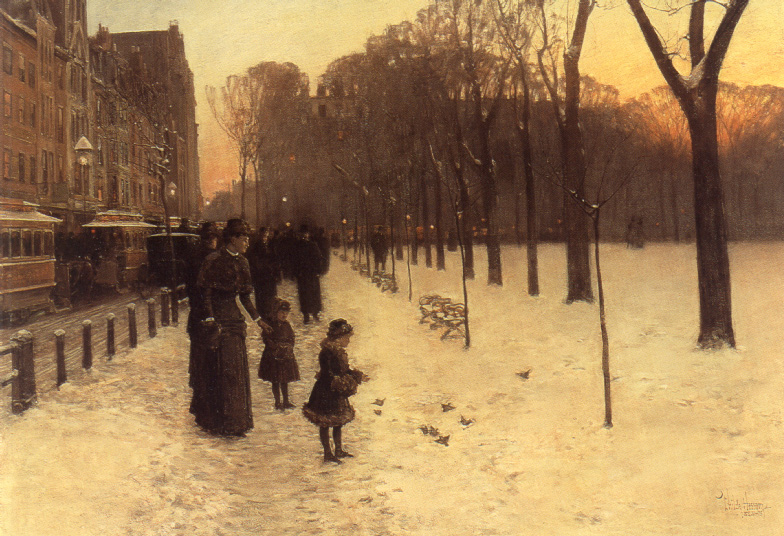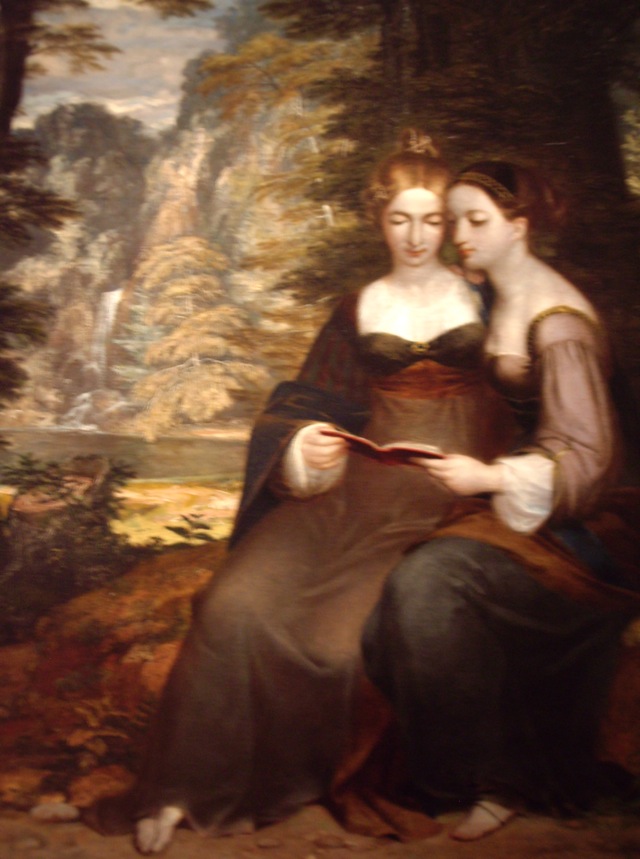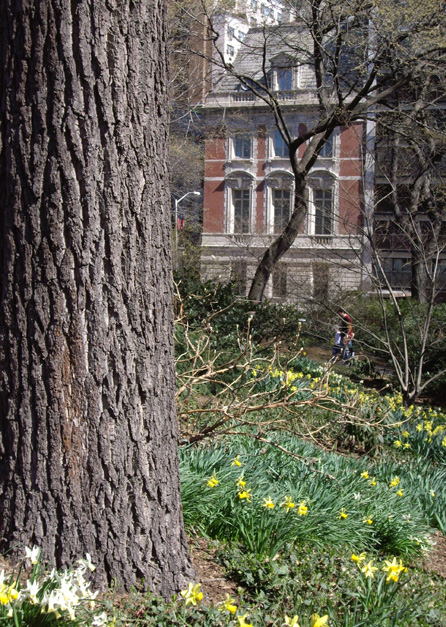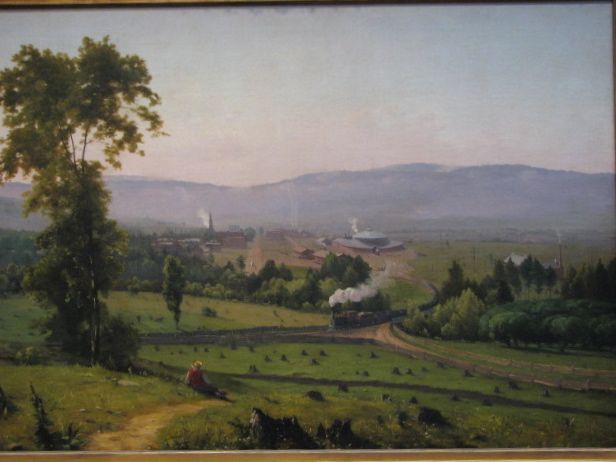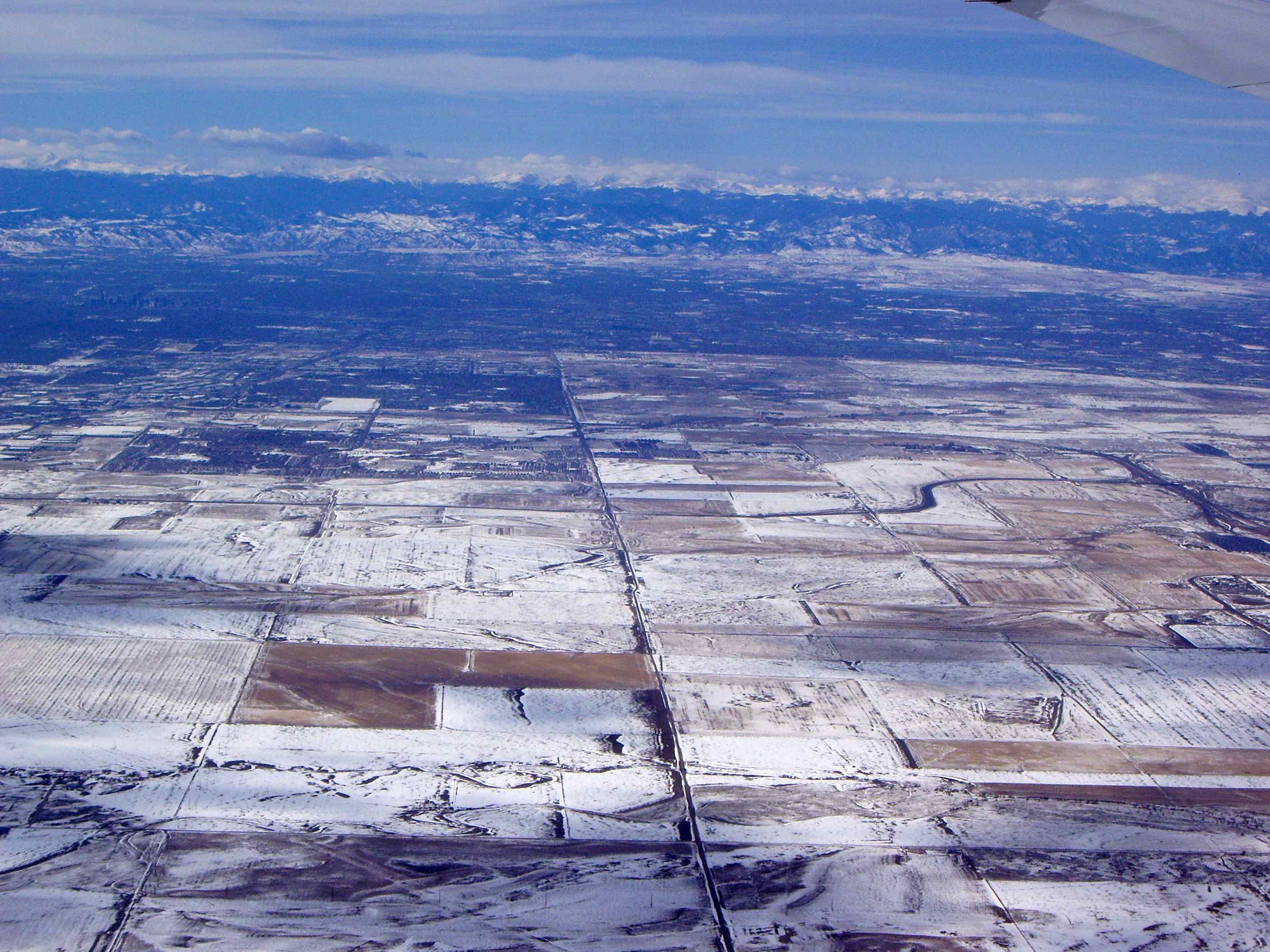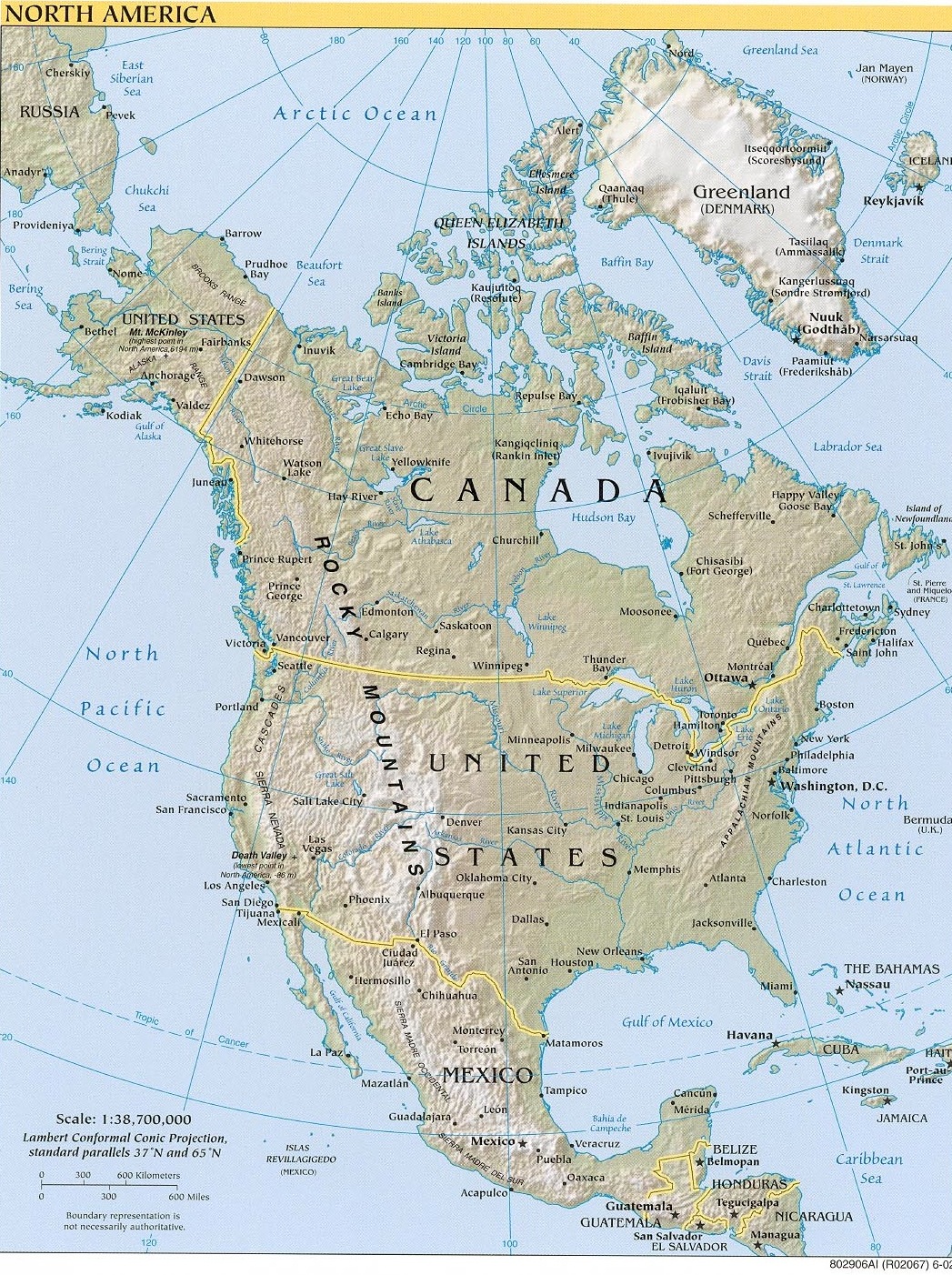I. How was land redefined by Emerson and the Naturalists?
February 11 |
Siry, pp. 36-61.
|
Journal entry electronically submitted: In what way was land redefined by naturalists and Emerson? |
For students who want a challenge answer this:
Is there an evident tension in early national attitudes about nature as useful and as beautiful? What five to ten examples can you provide to support your argument?
Next
Analysis Method
Write for five minutes without stopping:
Select a passage from Emerson's essay Nature (1836) and explain in your own words what the passage tells us.
"I am the lover of uncontained and immortal beauty. In the wilderness, I find something more dear and connate than in streets or villages."
Here Emerson is telling us that wild places cause him to revive his innate admiration for the universal beauty of nature that he discovers in no other place -- he tells us to go into the woods, the into the unsettled areas and witness the divinity of all creation. There he says you may discover 1) the reflections of the universal soul, 2) the means to understand the world undamaged by human civilization, 3) discover the balance between use (commodity) and beauty (scenic preservation), 4) the ways to see the entire circuit of life as a single entity that enables us to love and protect wildlife and our spirits.
prompts | graphics | maps | historical dates | commentary | outline | sources | vocabulary
Prompt
What does this passage mean? See Emerson link here
Does it relate to your passage?
How do both passages bring out the importance of Emerson's essay, Nature?
There are five important concepts to hod in your mind about Emerson:
In his own words:
- All science has one aim, namely, to find a theory of nature.
- The universe is composed of Nature and the Soul
- Nature, in the common sense, refers to essences unchanged by man; space, the air, the river, the leaf.
- So shall we come to look at the world with new eyes.
- "Nature is not fixed but fluid."
Backgrounds
"perpetual presence of the sublime."
"The invariable mark of wisdom is to see the miraculous in the common."
Emerson, 1836.
The character of civilization is either physical or spiritual; or is it both?
The Boston Common in winter, by Childe Hassam, 1885.
"Crossing a bare common, in snow puddles, at twilight, under a clouded sky, without having in my thoughts any occurrence of special good fortune, I have enjoyed a perfect exhilaration. . . . The currents of the Universal Being circulate through me; I am part or particle of God."
Emerson, Nature
Land of Little Rain was influenced by Emerson's ideas because his redefining landscape as a common heritage of all people influenced Mary Austin's concern for the environment she described, even though she left the east for Los Angeles in the 1900s.
- He found meaning and value in direct encounter with nature in natural surroundings.
- Do you find meaning and value in places you have grown to appreciate?
Nature as twin sisters of virtue and a view from Central Park, New York was the idea of William Cullen Bryant and Thomas Cole; while the executed [below] plans were done by Calvert Vaux and Frederick Olmsted Sr.

prompts | graphics | maps | historical dates | commentary | outline | sources | vocabulary
Concepts to look for:
"To speak truly few adult persons can see nature"
"I become a transparent eyeball"
sublime
Let us interrogate the great apparition, that shines so peacefully around us. Let us inquire, to what end is nature?
All science has one aim, namely, to find a theory of nature.
the universe is composed of Nature and the Soul
Nature, in the common sense, refers to essences unchanged by man; space, the air, the river, the leaf.
Chapter I Nature
One might think the atmosphere was made transparent with this design, to give man, in the heavenly bodies, the perpetual presence of the sublime.Nature never became a toy to a wise spirit.
When we speak of nature in this manner, we have a distinct but most poetical sense in the mind. We mean the integrity of impression made by manifold natural objects.
universal being
civilization
- "Commodity,"
- "Beauty,"
- "Language," &
- "Discipline"
Thomas Cole "The White Mountains," 1827.
spirit (soul) versus material (nature)
Nationalism and manifest destiny
Forests and water as primary resources
Denver looking from east to west or from the High plains to the Front Range of the Rocky Mountains.
Contrasting dates:
1620, English settlers land in Plymouth, Massachusetts.
1785 The Land Ordinance of the United States established by the Articles of Confederation
1820, The United States Land Ordinance is reformed due to the panic of 1819 – a financial collapse – caused by land speculation that weakened the banking system.
1836, Emerson's Essay on Nature.
1859, Darwin's On the Origin of Species.
1864, George Perkins Marsh published Man and Nature.
1871, The creation of the United States Fish Commission by Congress.
1891, The Forest Reserve Act signed into law by President Benjamin Harrison after two decades of debate about public land policy
1902, The Bureau of Reclamation created by Congress.
1903, President Theodore Roosevelt & John Muir meet in Yosemite National Park.
1903, Mary Austin published Land of Little Rain, her attempt to document & protect her valley in Eastern California.
1909, President Theodore Roosevelt call the Governor's Conference o Conservation at the White House to set new national policy priorities to protect rivers, forests & wildlife.
prompts | graphics | maps | historical dates | commentary | outline | sources | vocabulary
Internet
Ralph Waldo Emerson, Nature, 1836. Boston: on-line version is
http://transcendentalism-legacy.tamu.edu/authors/emerson/nature.html
Ralph Waldo Emerson, Transcendentalism: Writing and influence
- Text for the class.
- available on Blackboard™.
- Post a response to on class Wiki
Mary Austin, The Land of Little Rain, 1903 (New York: Dover Press, 1996) pp. 1 - 16.
Connate meaning existing since birth – an innate, or a trait inherent in creatures, in his case humans, people have an innate desire for understanding the universe.

